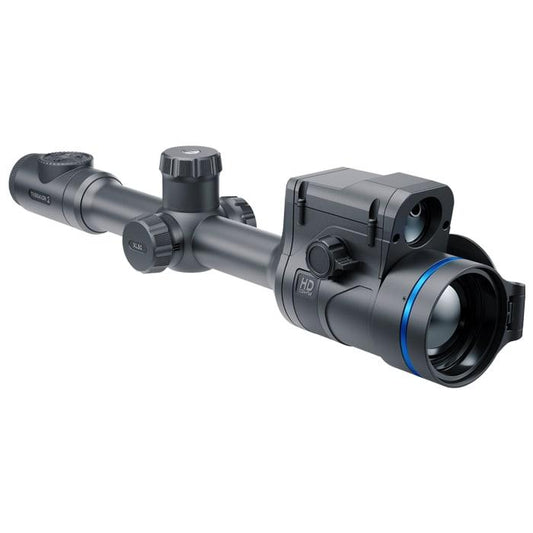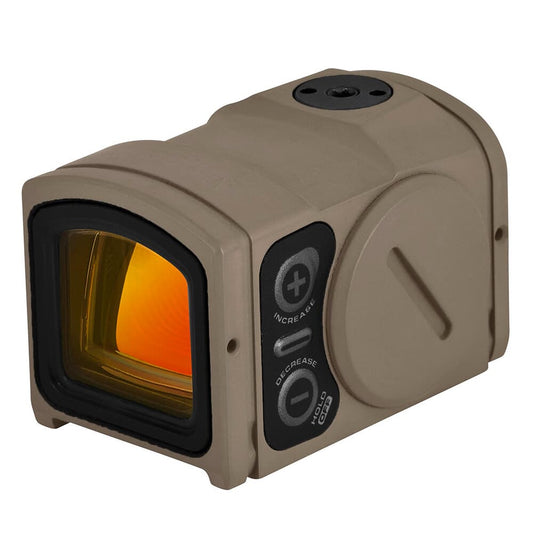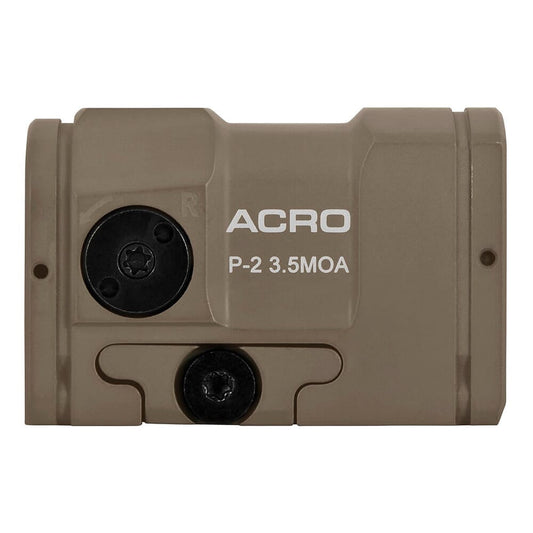

Pulsar Thermion 2 LRF XL50 HD Thermal Rifle Scope 1.75-14x50mm features a high-resolution 1024×768 thermal sensor, enabling detection of targets up to 2500 yards away. Its HD AMOLED display provides clear thermal imagery in various lighting conditions, making it suitable for both early morning and nighttime hunting. With a built-in laser rangefinder and Stream Vision Ballistics app, this scope enhances precision shooting by offering accurate distance measurement and easy integration for logging data.
Lightweight and user-friendly, this thermal rifle scope is designed for hunters who demand performance without added weight. The intuitive controls include a wireless remote for quick adjustments, allowing you to maintain focus on your target. With 64 GB of storage for capturing your hunting moments, the Pulsar Thermion 2 ensures you have the right tools for both capturing memories and improving your shooting accuracy.
Features:
- HIGH DEFINITION SENSOR for unparalleled target detection up to 2500 yards.
- CRISP AMOLED DISPLAY delivers vivid thermal images in any lighting condition.
- LASER RANGEFINDER ensures accurate distance measurement for precise shooting.
- STREAM VISION COMPATIBLE allows for seamless video/photo sharing on mobile devices.
- 64 GB STORAGE provides ample space for recording your hunting adventures.
- LIGHTWEIGHT DESIGN enhances portability without sacrificing performance.
- WIRELESS REMOTE CONTROL for easy adjustments without taking your eyes off the target.
- USER-FRIENDLY INTERFACE simplifies settings, making it accessible for all skill levels.
Technical Specifications Table
| Magnification | 1.75-14x |
|---|---|
| Lens Diameter | 50mm |
| Weight | 2.5 lbs |
| Dimensions | 14.5 x 3.7 x 3.5 inches |
| Material | Aluminum |
What’s in the Box?
- Pulsar Thermion 2 LRF XL50 HD Thermal Rifle Scope
- Lens covers
- Wireless remote control
- User manual
Customer Reviews
“This scope has transformed my night hunting. The clarity is incredible!” - Mark T.
“The rangefinder is spot-on. I’ve never been more accurate.” - Jake R.
FAQ
How does the Pulsar Thermion 2 compare to other thermal scopes? The Pulsar Thermion 2 excels in both image clarity and detection range, making it a top choice for serious hunters. Its advanced features, like the laser rangefinder, set it apart from many alternatives.
What maintenance is required for the Pulsar Thermion 2? Regularly clean the lens with a microfiber cloth and check the battery level. It’s also advisable to store it in a cool, dry place to maintain optimal functionality.
Similar Models
Looking for more high-performance optics? Discover our extensive Pulsar lineup, including the Pulsar Trail 2 LRF and Pulsar Axion 2 for varied shooting needs. Explore our full collection and find the perfect thermal scope tailored to your adventures.
You May Also Like
Here’s some of our most similar products people are buying. Click to discover trending style.








